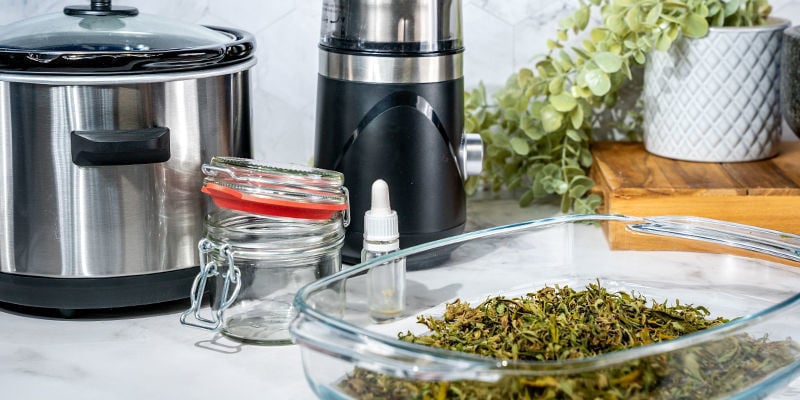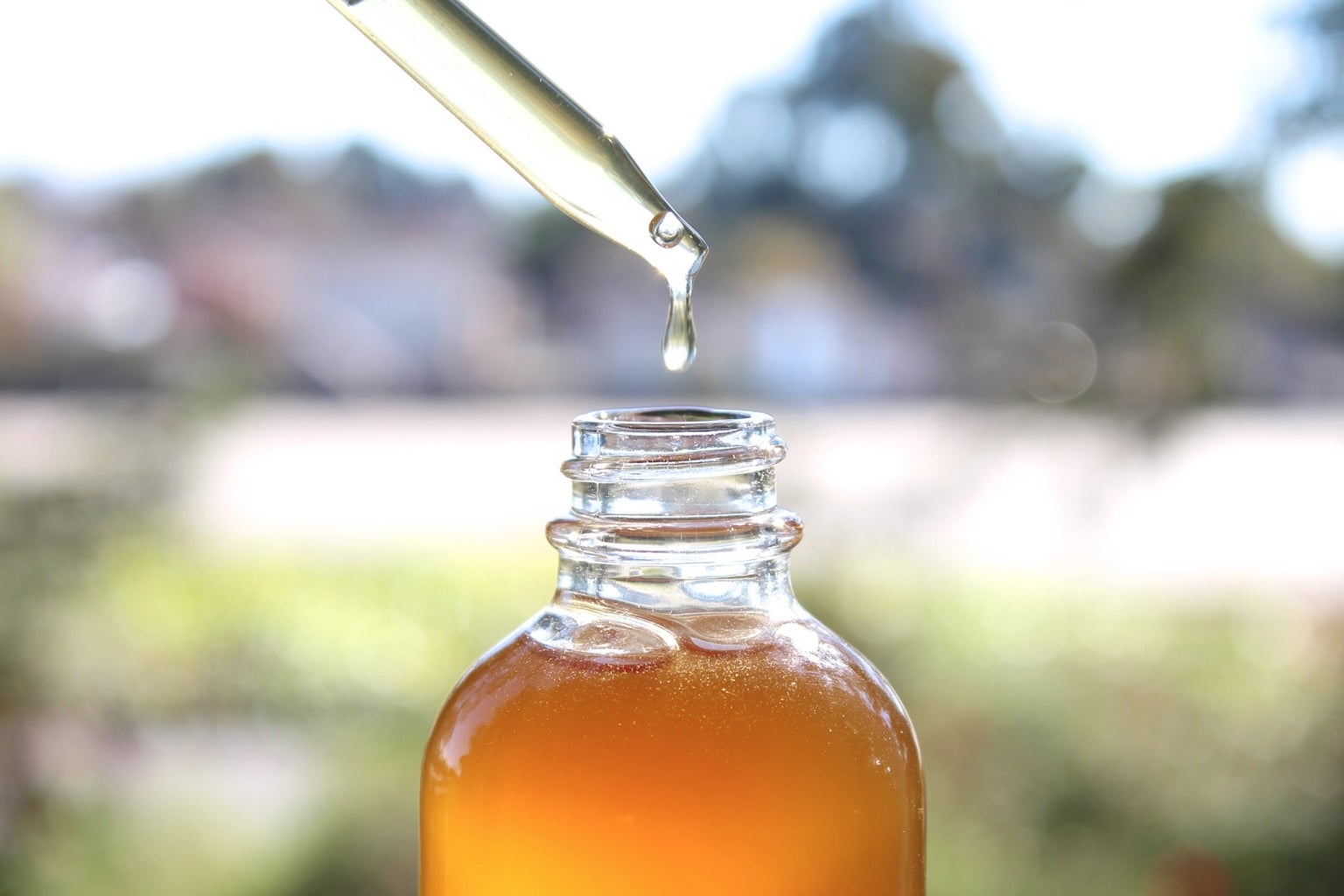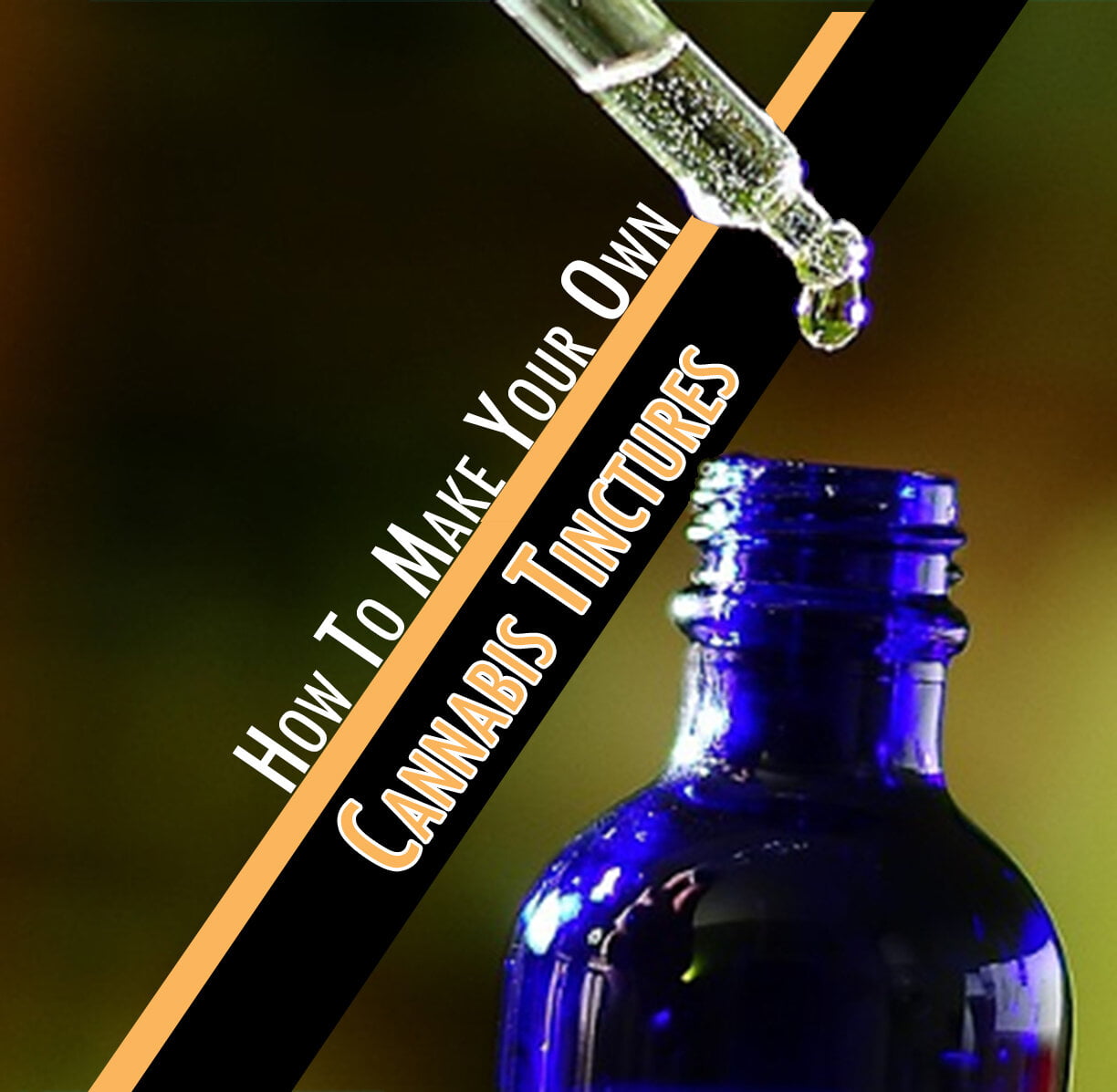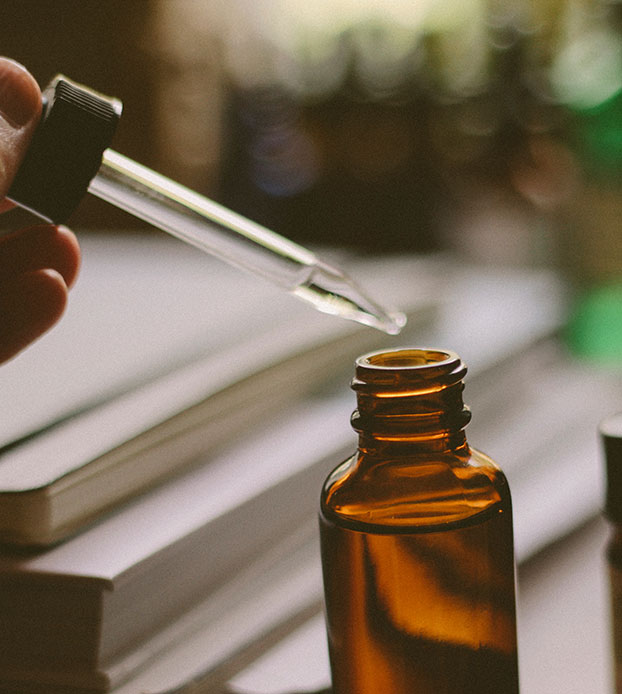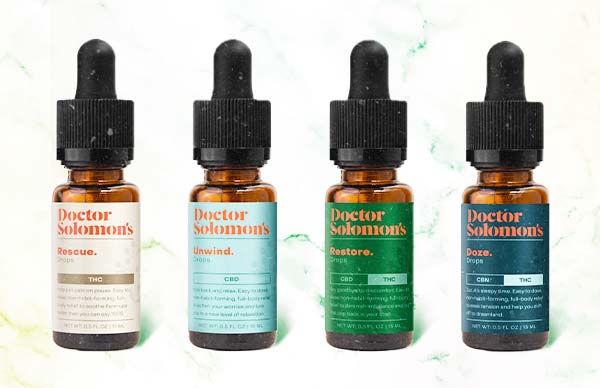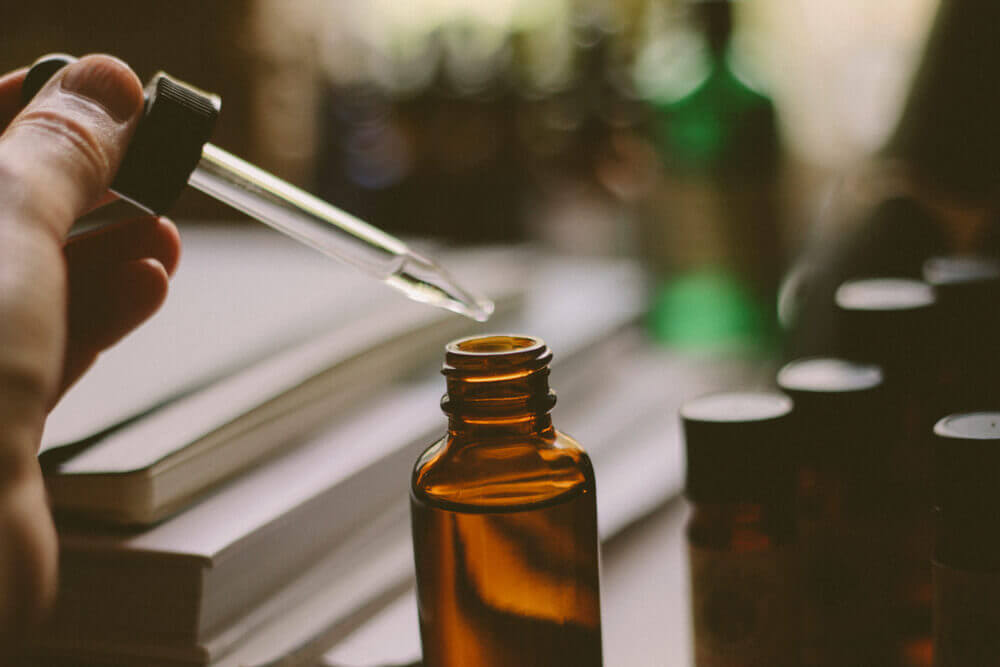How To Make Cannabis Tincture Non Alcoholic
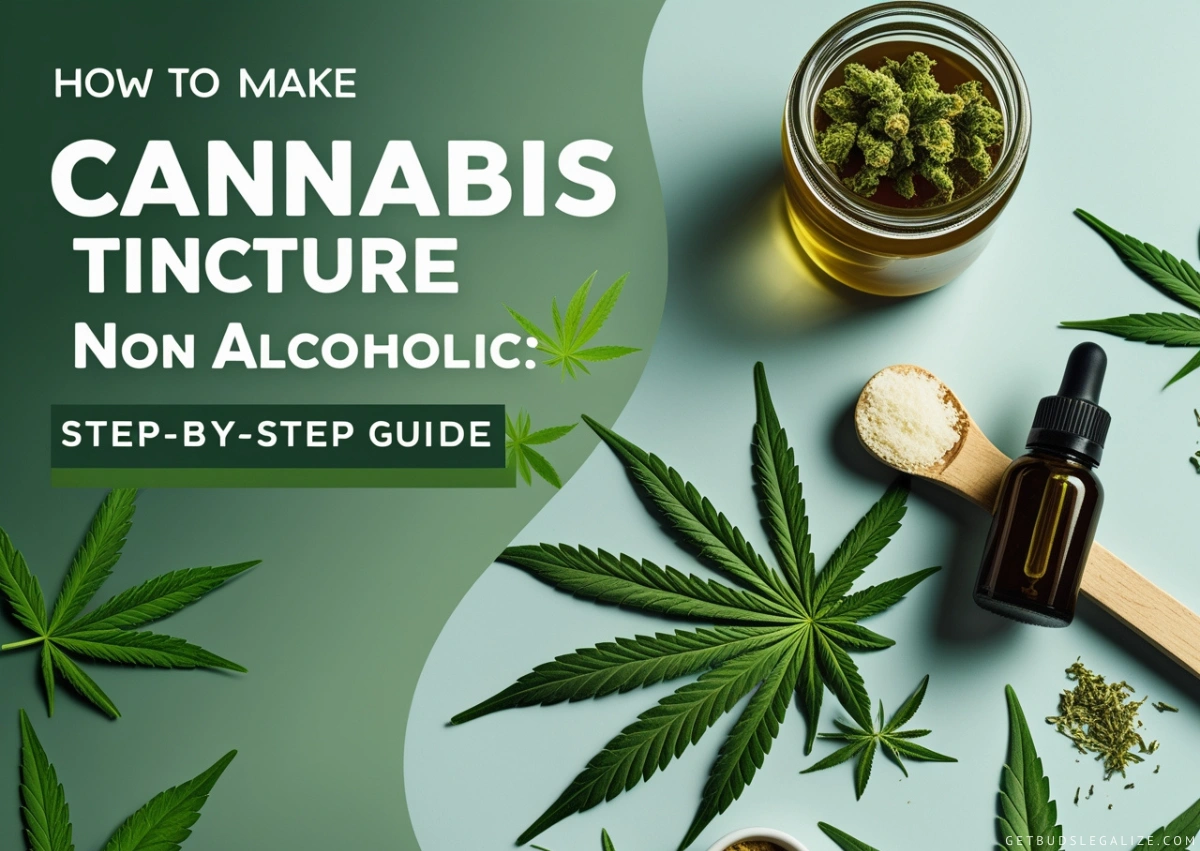
Imagine the gentle warmth of chamomile tea, infused with a subtle calm, a peaceful wave washing over you without the dizzying swirl of alcohol. Picture yourself crafting this sanctuary in your very own kitchen, the aroma of herbs mingling with the earthy scent of cannabis, a testament to your own self-sufficiency and well-being. This isn't some far-off fantasy, but a tangible reality attainable through the magic of non-alcoholic cannabis tinctures.
The rising interest in alternative wellness solutions has paved the way for innovative methods of consuming cannabis. This article explores the art of crafting non-alcoholic cannabis tinctures at home, offering a safe and accessible way to experience the potential benefits of cannabis without the need for alcohol-based extractions. It will detail the process, the science, and the various applications of this increasingly popular method.
The Rise of Non-Alcoholic Tinctures
Traditionally, cannabis tinctures were made using high-proof alcohol as a solvent. This method effectively extracted the cannabinoids and terpenes from the plant material. However, alcohol-based tinctures aren't suitable for everyone.
Some individuals may have sensitivities to alcohol, or may be avoiding it for religious, personal, or medical reasons. The emergence of non-alcoholic alternatives offers a wider range of accessibility. It caters to a more diverse audience seeking the therapeutic potential of cannabis.
Understanding the Science of Extraction
The key to any tincture is the extraction process. This is where solvents pull out the desired compounds from the cannabis plant. With alcohol, the process is relatively straightforward due to its polarity and ability to dissolve both water-soluble and fat-soluble compounds.
However, non-alcoholic methods require a bit more ingenuity and understanding of the properties of other solvents. The goal is to find a safe and effective substitute that can mimic alcohol's extractive abilities.
Glycerin: A Sweet and Gentle Solvent
Vegetable glycerin is a popular non-alcoholic solvent. It’s a clear, odorless, viscous liquid derived from plant oils, offering a naturally sweet taste. It is non-toxic and widely used in food, cosmetics, and pharmaceuticals, making it a safe option for consumption.
Glycerin is a humectant, meaning it attracts and retains moisture. This characteristic can contribute to the tincture's shelf life. However, it's important to note that glycerin is not as effective as alcohol in extracting all the cannabinoids and terpenes. The resulting tincture may be milder in potency and flavor profile.
How to Make a Glycerin-Based Cannabis Tincture
The process of making a glycerin-based tincture is relatively simple and can be done at home with a few basic ingredients and equipment.
Ingredients: You will need dried cannabis flower, vegetable glycerin, a mason jar, cheesecloth or a fine-mesh strainer, and amber dropper bottles for storage.
Step 1: Decarboxylation: This is a crucial step in activating the cannabinoids in the cannabis flower. Preheat your oven to 220-240°F (105-115°C). Spread the ground cannabis evenly on a baking sheet lined with parchment paper.
Bake for 30-45 minutes, stirring occasionally to ensure even heating. Decarboxylation converts THCA and CBDA (non-psychoactive) into THC and CBD (psychoactive/active), respectively.
Step 2: Infusion: Once the cannabis is decarboxylated, let it cool completely. Then, combine the decarboxylated cannabis and vegetable glycerin in a mason jar.
Ensure the cannabis is fully submerged in the glycerin. Seal the jar tightly and shake well.
Step 3: Slow Cooker Method: Place the sealed mason jar in a slow cooker filled with water, ensuring the water level is high enough to cover most of the jar. Set the slow cooker to low heat and let it infuse for 4-6 hours.
Check the water level periodically and add more water as needed to prevent the jar from overheating. Alternatively, use a double boiler on the stove top using low heat.
Step 4: Straining: After the infusion period, carefully remove the jar from the slow cooker or double boiler. Let it cool slightly before straining the mixture through cheesecloth or a fine-mesh strainer into a clean bowl.
Squeeze the cheesecloth to extract as much of the glycerin as possible from the cannabis plant matter.
Step 5: Storage: Transfer the strained tincture into amber dropper bottles. Store the tincture in a cool, dark place to preserve its potency and prevent degradation.
Dosage and Considerations
Determining the correct dosage of a cannabis tincture is essential, especially for those new to cannabis consumption. Start with a low dose, such as a few drops under the tongue, and wait at least an hour to assess the effects before taking more.
Individual responses to cannabis can vary widely depending on factors such as body weight, metabolism, and tolerance. It’s always best to err on the side of caution and gradually increase the dosage until the desired effects are achieved.
It is crucial to purchase cannabis from reputable sources to ensure the quality and purity of the product. Additionally, be aware of the local laws and regulations regarding cannabis use in your area.
Other Non-Alcoholic Solvent Options
While glycerin is the most common non-alcoholic solvent, other options exist, each with its own pros and cons. Olive oil, MCT oil, and even infused honey are alternative solvents to explore. However, these options often require slightly different extraction processes and may yield different results in terms of potency and shelf life.
For example, using olive oil typically involves a longer infusion time and may result in a less potent tincture. MCT oil, derived from coconut oil, offers better absorption and a neutral flavor profile, but it can be more expensive than glycerin.
Infused honey provides a naturally sweet and flavorful option. However, the extraction process may require some adjustments to prevent the honey from crystallizing.
The Future of Cannabis Tinctures
As research into cannabis continues and regulations evolve, the landscape of cannabis tinctures is likely to become even more diverse and sophisticated. Innovations in extraction technologies may lead to more efficient and effective non-alcoholic methods, potentially unlocking a wider range of therapeutic applications.
The growing demand for alternative wellness solutions and the increasing acceptance of cannabis as a medicinal plant will drive further development and refinement of these products.
The ongoing evolution of cannabis research and product development reflects a broader societal shift towards embracing natural remedies and holistic approaches to health and well-being.
Crafting your own non-alcoholic cannabis tincture can be a rewarding experience. It offers a sense of control and empowerment over your own wellness journey. Whether you're seeking relief from pain, anxiety, or simply looking for a gentle way to unwind, the world of non-alcoholic cannabis tinctures opens up a realm of possibilities.
Remember to approach this process with mindfulness, respect for the plant, and a commitment to safety. Your homemade tincture could be a soothing addition to your daily routine.

